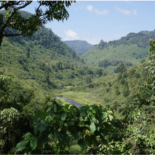
Nature · Biodiversity Climate Change Water
More than Carbon Sticks
The concept that planting trees will help mitigate climate change by storing CO2 is too simplistic, ignoring the large effect that plants have on the water cycle. Careful restoration of native plant ecosystems can rebalance that cycle, further mitigating climate change while also reducing flood and drought.

Nature · Climate Change Slow Water Water
Smarter Ways with Water
To address an onslaught of crises, people must tune into natural ways to repair water cycles that human development has severely disrupted

Terra Verde / KPFA · Adaptation Climate Change Slow Water Water
What Water Wants
As floods and droughts intensify across the world, our dams, levees, sea walls, and reservoirs are actually making things worse. How can we build a healthier relationship with water? Earth Island Journal editor and Terra Verde host, Maureen Nandini Mitra, talks with Erica to find out.

Top of Mind with Julie Rose · Climate Change Slow Water Water
Slow Water in Peru
As drought grips Peru, its people are turning to nature, and ancient pre-Incan techniques to conserve water for the dry season that’s grown increasingly intense due to climate change. Erica discusses this world-leading program with Top of Mind host Julie Rose.

Sustain What? · Climate Change Slow Water Water
After Ida – Paths to Flash Flood Safety
What can be done to better warn and prepare communities everywhere for flash flooding, an intensifying threat in a human-heated climate? Erica joins a conversation on Andy Revkin’s Sustain What Live following the September 2021 flooding in New York City.

The Guardian · Adaptation Climate Change
10 Riskiest Places to Buy Your Seaside Dream Home
As sea levels rise, real estate investments in these seaside metropolises could amount to throwing money into the sea

The Business Cost of Climate Change: What the Science Says
Massive loss from extreme weather in recent years abound, and new research indicates climate risks aren’t leaving any time soon.
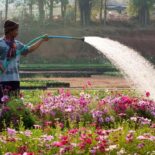
The Guardian · Adaptation Climate Change Water
12 Ways Communities Will Have to Adapt to Handle Climate Change
Whatever your water crisis, whether drought or flood, these DIY solutions will help you adjust to climate change’s new reality.

Nature · Adaptation Climate Change Nature-Based Solutions Slow Water
Fortresses of Mud
Rising seas threaten the San Francisco Bay Area, home to one of the largest estuaries in North America. But marsh-restoration efforts could hold back the high water.
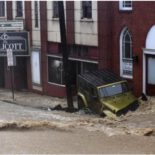
Scientific American · Adaptation Climate Change Slow Water
Expanding Paved Areas Has an Outsize Effect on Urban Flooding
Researchers have finally been able to pinpoint just how much impervious surfaces exacerbate flood levels
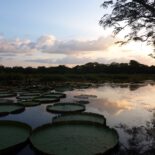

TakePart · Climate Change Environmental Justice Science
The Climate Trigger Behind Human Tragedies
Earth’s increasingly volatile weather conditions have been linked to numerous global crises, from terrorism to child marriage.
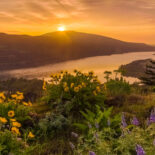
Hakai magazine · Adaptation Climate Change Environmental Justice Food Indigenous Science
Tribes Use Western and Indigenous Science to Prepare for Climate Change
Northwestern tribes and the University of Washington climate group have joined forces to help protect salmon, roots, trees, and other important resources.
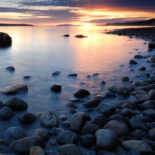
Hakai magazine · Biodiversity Climate Change Oceans Policy
Designing Marine Protected Areas in a Changing Climate
How can vulnerable marine species be protected when climate change is a reality?
Rethink · Climate Change Energy Water
Low-lying Vietnam Is Squeezed Between Its Neighbors and the Rising Seas.
Climate change, heavy-handed water management, and upstream dams are changing the Mekong Delta, pushing residents to adapt.
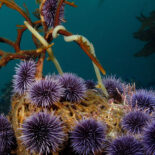
Hakai magazine · Climate Change Oceans
A Cull to Save the Kelp
An innovative project is rehabilitating California’s kelp forests after decades of degradation at the hands of environmental decay and sea urchin predation.

Businesses Lead Where US Falters
The Paris Agreement requires commitments from countries to take action and reduce emissions, but the corporate world is also looking at its contribution to mitigation.

















